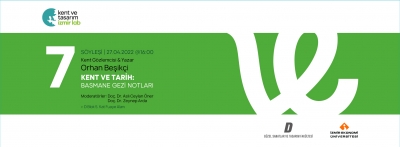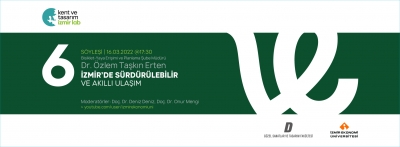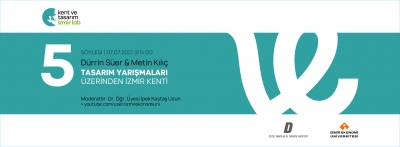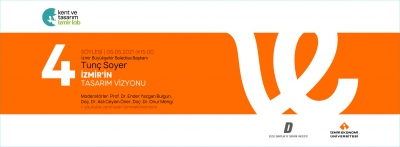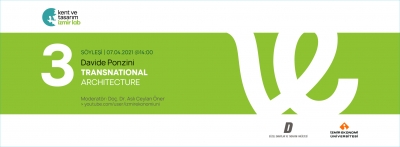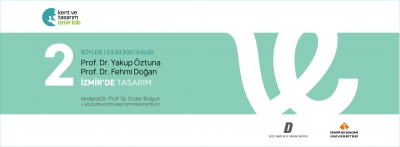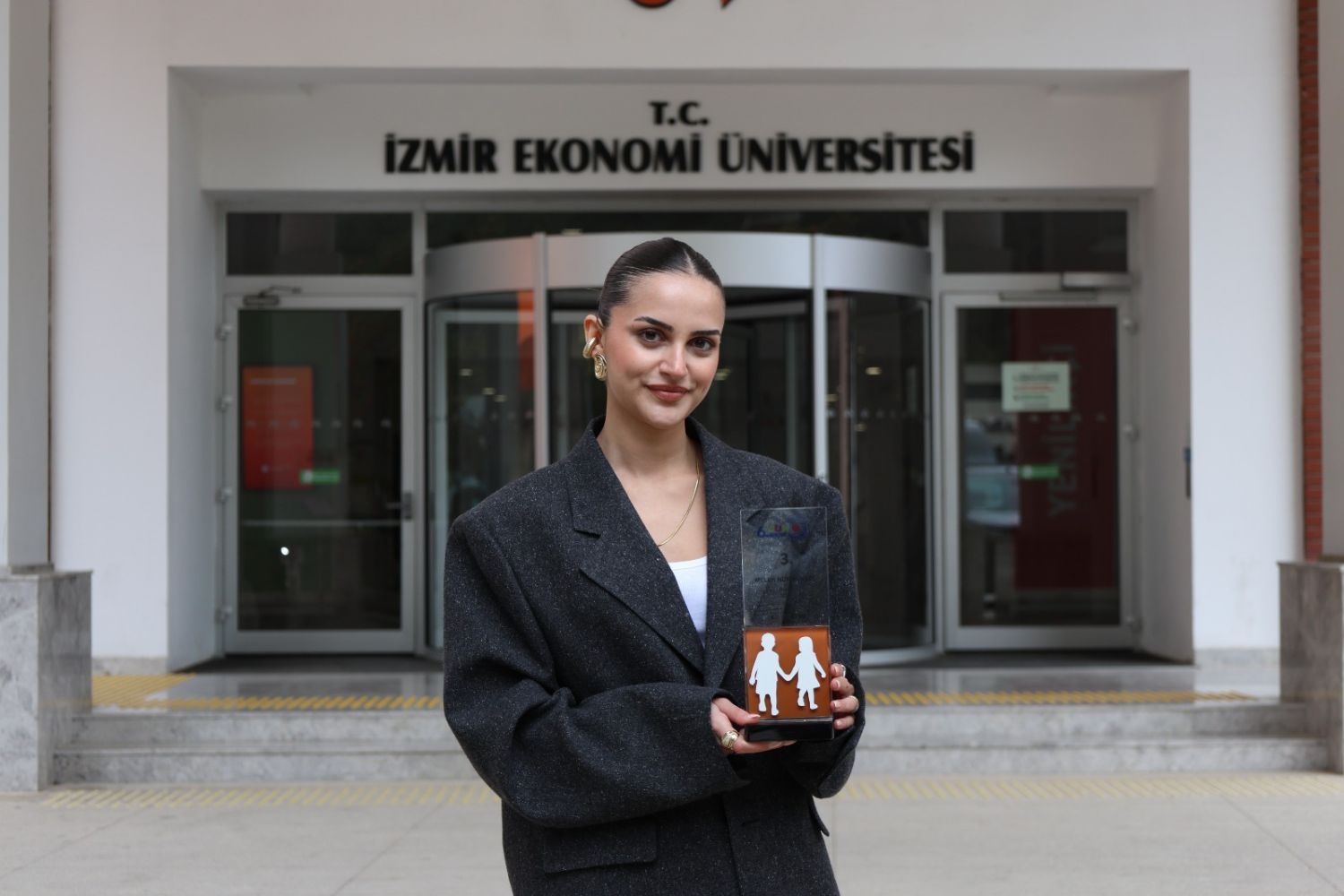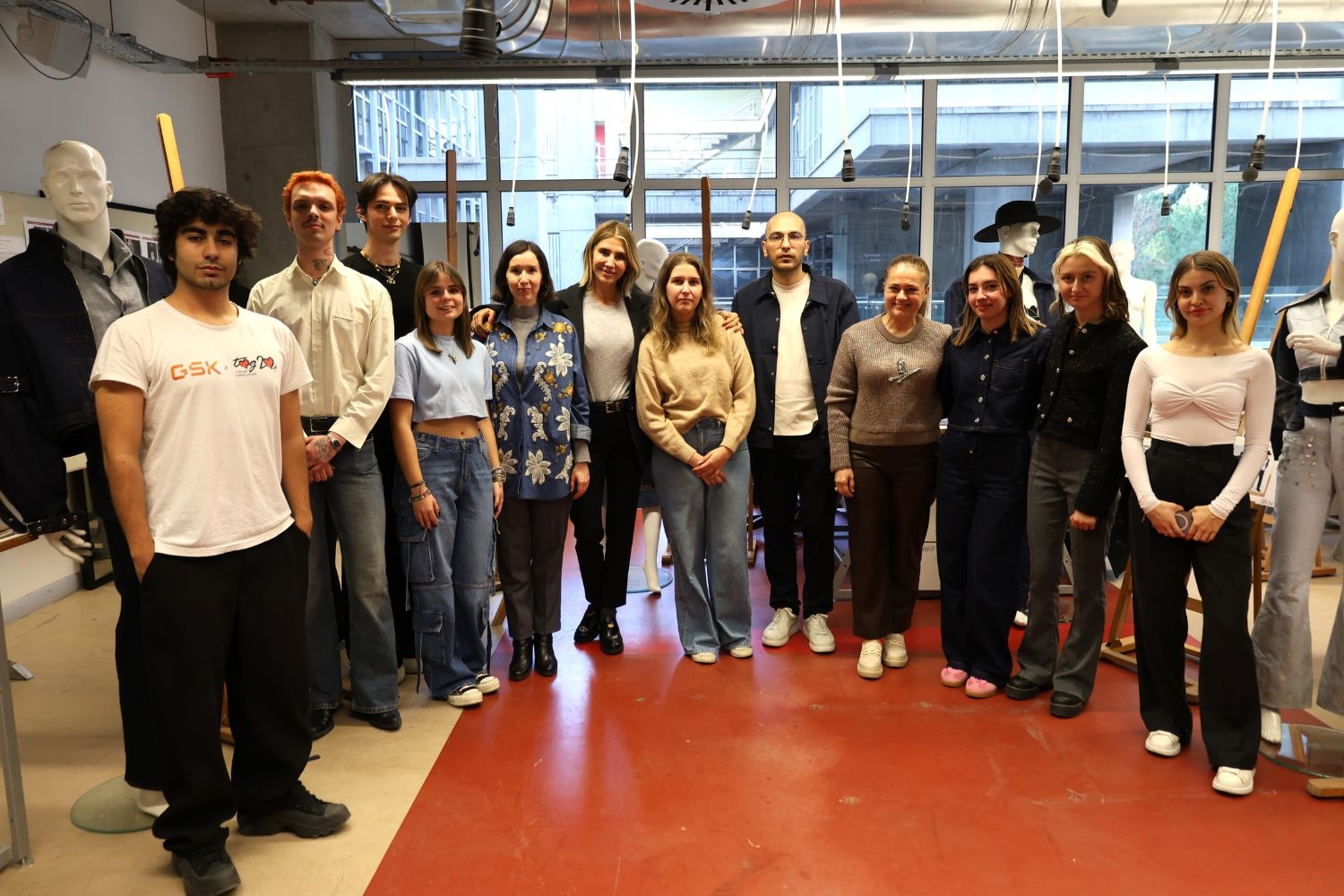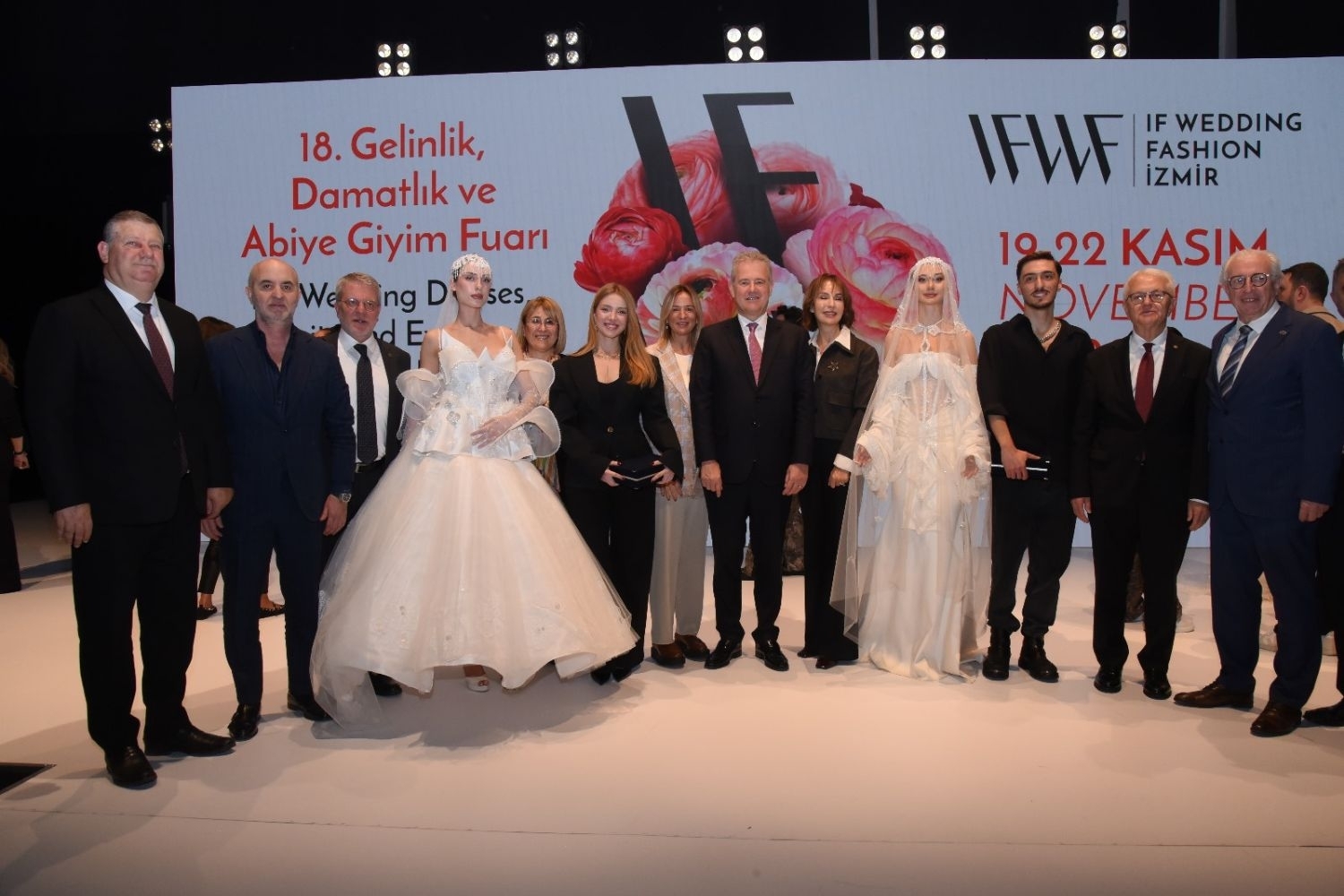FACULTY OF FINE ARTS AND DESIGN
Department of Textile and Fashion DesignGEEC 207 | Course Introduction and Application Information
| Course Name |
Economic History
|
|
Code
|
Semester
|
Theory
(hour/week) |
Application/Lab
(hour/week) |
Local Credits
|
ECTS
|
|
GEEC 207
|
Fall/Spring
|
3
|
0
|
3
|
6
|
| Prerequisites |
None
|
|||||
| Course Language |
English
|
|||||
| Course Type |
Service Course
|
|||||
| Course Level |
First Cycle
|
|||||
| Mode of Delivery | - | |||||
| Teaching Methods and Techniques of the Course | - | |||||
| National Occupation Classification | - | |||||
| Course Coordinator | ||||||
| Course Lecturer(s) | ||||||
| Assistant(s) | - | |||||
| Course Objectives | The aim of this course is to give students a background on economic developments and origins of contemporary society. The main focus of the course will be the emergence and the development of social and economic systems, and how these systems have come to shape our contemporary world, by giving emphasis on the European context. Keeping this aim in mind, we will first consider what economic history is (what kind of a discipline it is, how is different from economics, etc.), and then consider what in human history had paved the way to capitalism. The course will be ended with a brief discussion of the contemporary era, in which the process of globalization is said to be prevalent. |
| Learning Outcomes |
The students who succeeded in this course;
|
| Course Description | The aim of this course is to inform students about the historical development of economic processes and institutions and the evolution of production, distribution, consumption patterns, and the factors of production in the world and particularly in Western Europe. Some of the topics on this course include: economic processes in the ancient world and middle ages, geographical expansion of the Western world, industrial revolution, developments in agriculture, finance, banking sectors during the expansion process of the main European countries, application of technology, developments in telecommunication and transportation, the role of the state, the growth of the world economy and impact of the European industrialized countries on the rest of the world, and the economic developments of the post World War I and II. |
| Related Sustainable Development Goals |
|
|
Core Courses | |
| Major Area Courses | ||
| Supportive Courses | ||
| Media and Management Skills Courses | ||
| Transferable Skill Courses |
WEEKLY SUBJECTS AND RELATED PREPARATION STUDIES
| Week | Subjects | Related Preparation |
| 1 | Introduction & terminology | Chapter I (1) |
| 2 | Economic question(s) & documentary part I | Chapter I (2) |
| 3 | Economic development in ancient times & the premarket society (part I) | Chapter II (1) & Chapter II (2); pp. 18 29 |
| 4 | Medieval Europe & the premarket society (part II) | Chapter III (1) & Chapter II (2); pp. 29 44 |
| 5 | Nonwestern economies on the eve of western expansion & documentary part II | Chapter IV (1) |
| 6 | Europe’s overseas expansion and transformation in Europe | Chapters V VI (1) |
| 7 | The emergence of market society & the age of revolution | Chapter III (2), Chapter VII (1) & Chapter IV (2) |
| 8 | Paths of economic development | Chapter III (2), Chapter VII (1) & Chapter IV (2) |
| 9 | The age of high imperialism & documentary part III | Chapters XI XII (1) |
| 10 | The world economy in the twentieth century | Chapter XIII (1) & Chapter VI (2) |
| 11 | The drift of modern economic history | Chapter VII (2) & Chapter XIV (1) |
| 12 | Rebuilding of world economy | Chapter XV (1) |
| 13 | World economy at the beginning of the twentieth century | Chapter XV (1) |
| 14 | Review of the semester | |
| 15 | Review of the semester | |
| 16 | Review of the semester |
| Course Notes/Textbooks | Rondo Cameron and Larry Neal (2003) A Concise Economic History of the World, 4th Edition, Oxford University Press; and Robert L. Heilbroner (1989) The Making of Economic Society, PrenticeHall, Inc. |
| Suggested Readings/Materials | Dennis Sherman (eds.) (2006) Western Civilization, Images and Interpretations, Vol. I, McGrawHill; and Gerald Diamond (1999) Guns, Germs and Steel, W. W. Norton & Co. (also available in documentary format from National Geographic Society); and Gordon Child (1960) What Happenened in History, Pelican.; and Eric Hobsbawm, (1990) Industry and Empire, Penguin. |
EVALUATION SYSTEM
| Semester Activities | Number | Weigthing |
| Participation | ||
| Laboratory / Application | ||
| Field Work | ||
| Quizzes / Studio Critiques | ||
| Portfolio | ||
| Homework / Assignments |
1
|
10
|
| Presentation / Jury | ||
| Project |
1
|
20
|
| Seminar / Workshop | ||
| Oral Exams | ||
| Midterm |
1
|
30
|
| Final Exam |
1
|
40
|
| Total |
| Weighting of Semester Activities on the Final Grade |
60
|
|
| Weighting of End-of-Semester Activities on the Final Grade |
40
|
|
| Total |
ECTS / WORKLOAD TABLE
| Semester Activities | Number | Duration (Hours) | Workload |
|---|---|---|---|
| Theoretical Course Hours (Including exam week: 16 x total hours) |
16
|
3
|
48
|
| Laboratory / Application Hours (Including exam week: '.16.' x total hours) |
16
|
0
|
|
| Study Hours Out of Class |
16
|
3
|
48
|
| Field Work |
0
|
||
| Quizzes / Studio Critiques |
0
|
||
| Portfolio |
0
|
||
| Homework / Assignments |
1
|
14
|
14
|
| Presentation / Jury |
0
|
||
| Project |
1
|
25
|
25
|
| Seminar / Workshop |
0
|
||
| Oral Exam |
0
|
||
| Midterms |
1
|
25
|
25
|
| Final Exam |
1
|
30
|
30
|
| Total |
190
|
COURSE LEARNING OUTCOMES AND PROGRAM QUALIFICATIONS RELATIONSHIP
|
#
|
Program Competencies/Outcomes |
* Contribution Level
|
|||||
|
1
|
2
|
3
|
4
|
5
|
|||
| 1 |
To be able to develop and design a collection independently. |
-
|
-
|
-
|
-
|
-
|
|
| 2 |
To be able to do maintain a design research individually or as a team. |
-
|
-
|
-
|
-
|
-
|
|
| 3 |
To be able to develop entrepreneurship- and managerial skills for a future professional practice. |
-
|
-
|
-
|
-
|
-
|
|
| 4 |
To be able to understand, interpret and apply theoretical knowledge in fashion and textile design. |
-
|
-
|
-
|
-
|
-
|
|
| 5 |
To be able to analyze and integrate the particular local and regional needs and of their profession. |
-
|
-
|
-
|
-
|
-
|
|
| 6 |
To be able to obtain a multidisciplinary point of view, follow and analyze the new issues, changes and trends in contemporary design and art in such a way that they can be integrated into design practice. |
-
|
-
|
-
|
-
|
-
|
|
| 7 |
To be able to apply industrial requirements, knowledge of material & usage and know-how knowledge in the creation of high quality fashion products. |
-
|
-
|
-
|
-
|
-
|
|
| 8 |
To be able to use digital information and communication technologies at a level that is adequate to the discipline of fashion and textile design. |
-
|
-
|
-
|
-
|
-
|
|
| 9 |
To be able to develop an ongoing analytical and professional approach to academic and design research. |
-
|
-
|
-
|
-
|
-
|
|
| 10 |
To be able to recognize the need and importance of a personal lifelong learning attitude towards their chosen area of interest. |
-
|
-
|
-
|
-
|
-
|
|
| 11 |
To be able to collect data in the areas of fashion and textile design and communicate with colleagues in a foreign language ("European Language Portfolio Global Scale", Level B1). |
-
|
-
|
-
|
-
|
-
|
|
| 12 |
To be able to speak a second foreign at a medium level of fluency efficiently. |
-
|
-
|
-
|
-
|
-
|
|
| 13 |
To be able to relate the knowledge accumulated throughout the human history to their field of expertise. |
-
|
-
|
-
|
-
|
-
|
|
*1 Lowest, 2 Low, 3 Average, 4 High, 5 Highest
NEWSALL NEWS

IZMIR UNIVERSITY OF ECONOMICS GÜZELBAHÇE CAMPUS
DetailsGLOBAL CAREER
As Izmir University of Economics transforms into a world-class university, it also raises successful young people with global competence.
More..CONTRIBUTION TO SCIENCE
Izmir University of Economics produces qualified knowledge and competent technologies.
More..VALUING PEOPLE
Izmir University of Economics sees producing social benefit as its reason for existence.
More..









